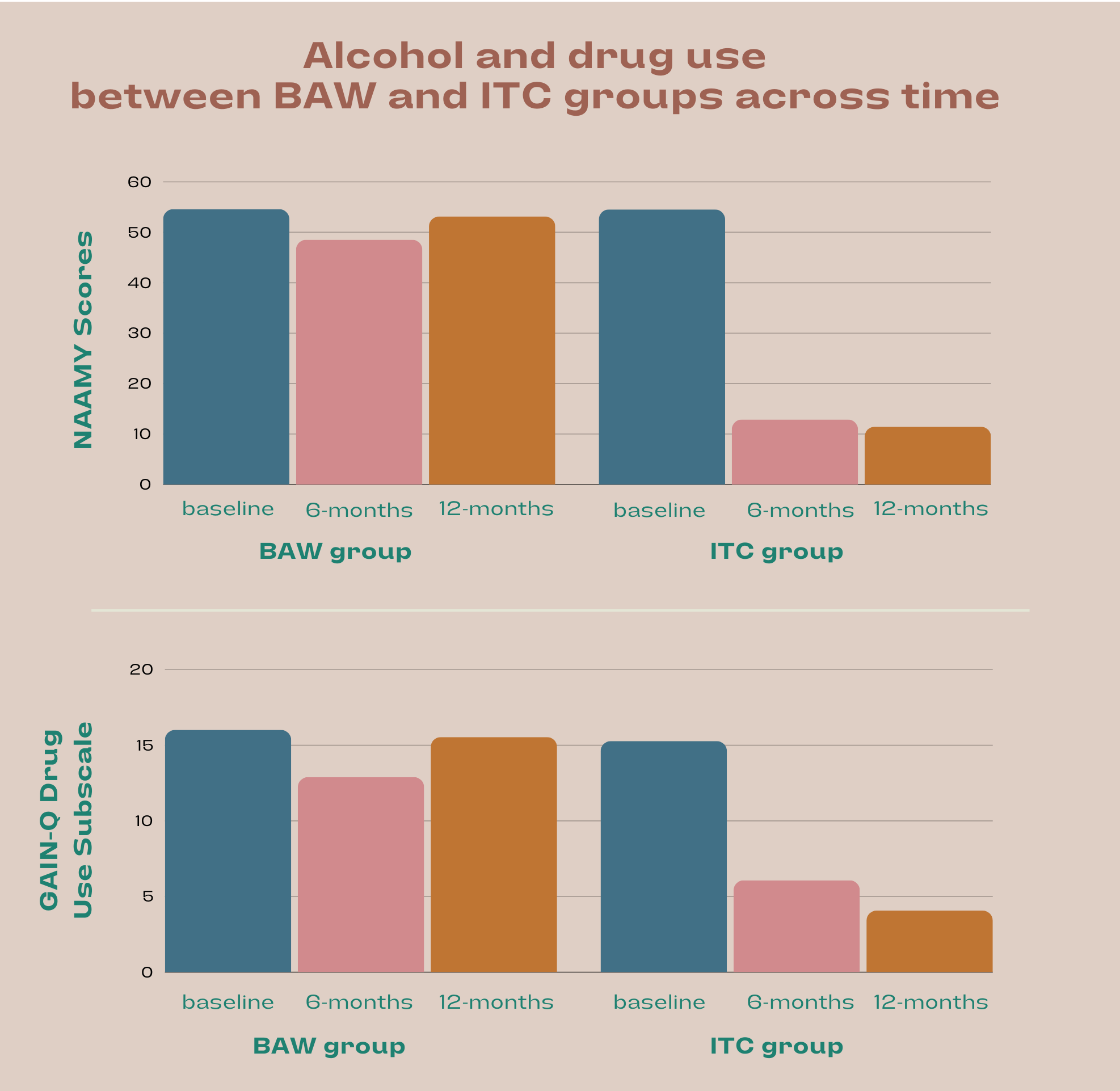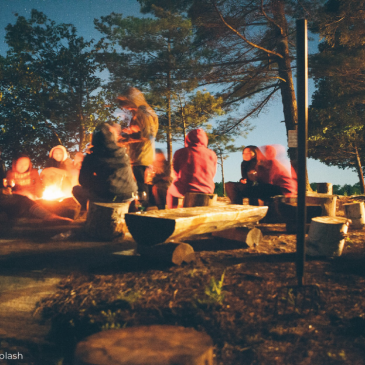There is an urgent need for programs that support Native American youth who use drugs and alcohol, given that such behaviors can contribute to a wide array of mental and physical health conditions. However, programs targeting substance misuse among Native teens remain scarce and often fail to integrate culturally relevant practices reflective of specific community needs. This week, The DRAM reviews a study by John Lowe and colleagues that evaluated the effectiveness of two alcohol and drug use programs intended for Native American youth: one incorporating culturally responsive interventions and the other employing a conventional approach.
What was the research question?
Was the culturally relevant “Intertribal Talking Circle” program more effective at reducing alcohol and drug use among Native American youth than the conventional, “Be a Winner” program?
What did the researchers do?
This study was a part of a larger, five-year research project aimed at exploring the needs, priorities, and available resources within Tribal communities that addressed youth alcohol and drug use. Employing the Native-Reliance theoretical framework, researchers enrolled 540 Native American youths aged 10-12 and randomly assigned them to two groups. The first group received a ten-session Intertribal Talking Circle (ITC) intervention, developed in collaboration with Tribal community members and designed to strengthen cultural identity while decreasing alcohol and drug use. The second group received a ten-session “Be a Winner” (BAW) intervention that was based on the Drug Abuse Resistance Education (DARE) program. For both groups, the researchers collected data at baseline and six and twelve months after baseline. Assessments included (1) the evaluation of cultural identity using the Native-Reliance Questionnaire, (2) alcohol use via the Native American Alcohol Measure for Youth (NAAMY), and (3) and drug use via the GAIN-Q Drug Use Subscale. The researchers used a two-conditional, quasi-experimental design to compare the ITC and BAW interventions.
What did they find?
The results indicated a substantial increase in Native-Reliance scores for the ITC group compared to the BAW group at both six- and twelve-month post-intervention assessments, suggesting favorable effects on cultural identity. Additionally, the ITC intervention led to a notable reduction in alcohol and drug use scores among participants at both time points, while the BAW group demonstrated only temporary decreases in substance use, reverting to baseline levels by the twelve-month mark (see Figure).

Figure. NAAMY and GAIN-Q Drug Use Subscale scores for “Be a Winner” (BAW) and Intertribal Talking Circle (ITC) groups. Click image to enlarge.
Why do these findings matter?
These findings underscore the effectiveness of the ITC intervention in fostering cultural identity and reducing alcohol and drug use among Native American youth over time, suggesting its potential for lasting impact in addressing substance use in these communities. Providers can adopt a strengths-based approach similar to the ITC program, acknowledging and building upon the strength and resilience of Native American youth and their communities by emphasizing positive cultural identity and values as protective factors against alcohol and drug use. Programs developed by and for Tribal communities, such as xaʔtu̓s (First Face) for Mental Health, exemplify successful culturally tailored interventions. The study also highlights the need for more financial resources, awareness of, and support for culturally relevant programs targeting alcohol and drug use among Native American youth.
Every study has limitations. What are the limitations in this study?
The study focused on three specific Tribes in North Carolina, North Dakota, and Oklahoma. These findings might not be generalizable to all Native American communities across the country due to regional and cultural differences. The study relied on self-reported data which might be subject to social desirability bias or recall bias.
For more information:
xaʔtu̓s (First Face) for Mental Health includes a library of videos and research, as well as a list of Native-focused resources. The National Institute on Alcohol Abuse and Alcoholism has tips and resources for people struggling with problem drinking. For additional drinking self-help tools, please visit our Addiction Resources page.
— Nakita Sconsoni, MSW
What do you think? Please use the comment link below to provide feedback on this article.





Stan Nix February 27, 2024
Lukwil’aam day my friends, I am enrolled Alaskan Native and work with WA state Juvenile Rehabilitation. I have been on the Red Road for 36 years. I believe the weaving of AIAN Culture into mainstream designed programs will always be more effective and beneficial for our children. Working in partnership with each Tribal community to create tailored, powerful, beautiful, culturally enhanced programs that weave language, meaning, Elder s, food, song, dance, art, land and lots of prayer into the bland, homogenized basic programs will always prove more affective. Cognitive Behavioral Therapy (CBT) and Dialectical Behavior Therapy (DBT), Tell-show-do aspects of Evidence Based Programs, have always been a part of AIAN culture. The Evidence of our effective interventions and strength-based approach is exhibited through our continued existence, despite governmental proclamation of gendercide. Focused work on Cultural enhancement is beautiful and important-keep up the good work.
Nakita Sconsoni February 28, 2024
Hello Stan,
We appreciate the work you do in supporting Tribal communities! We agree that creating interventions that reflect Native American strength and resilience is crucial when working with this group, as confirmed by the findings of this science review.
Thank you for sharing!